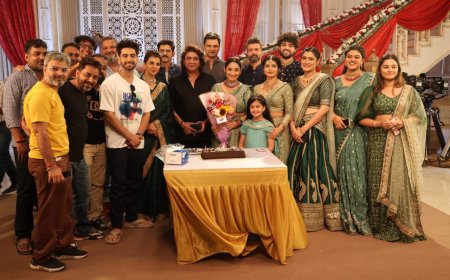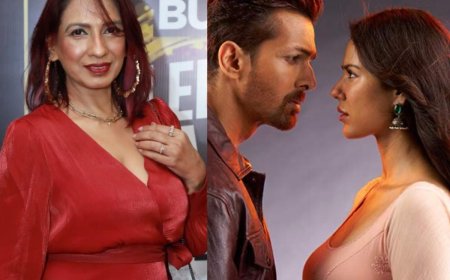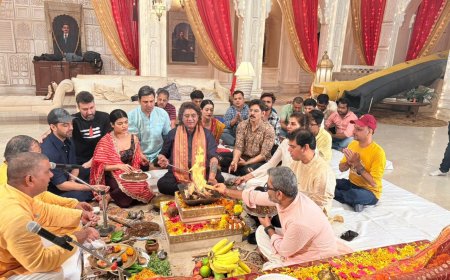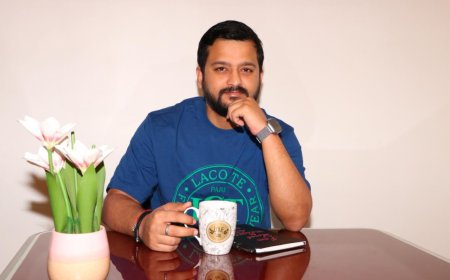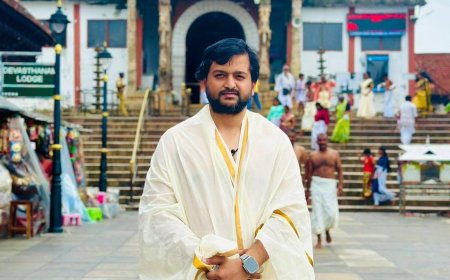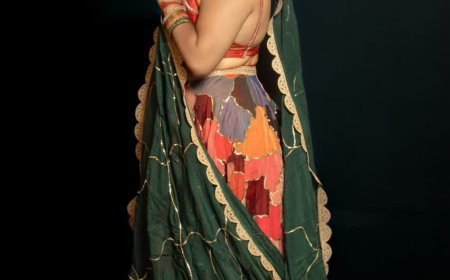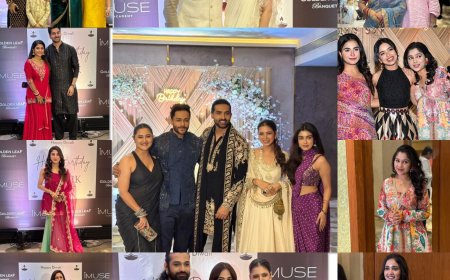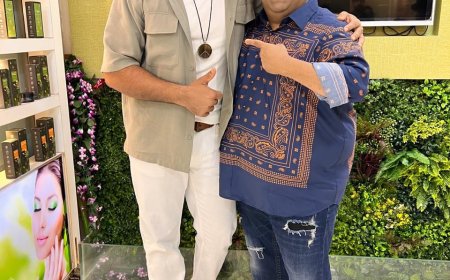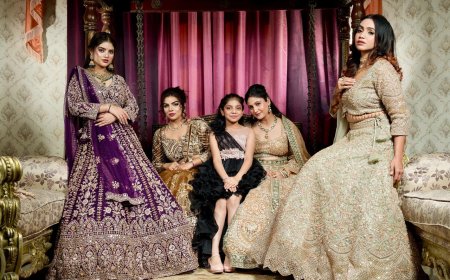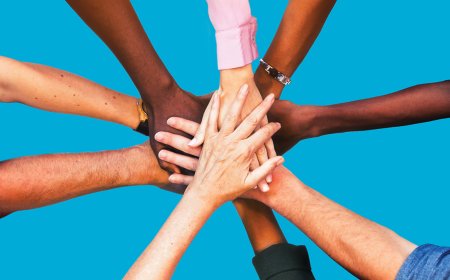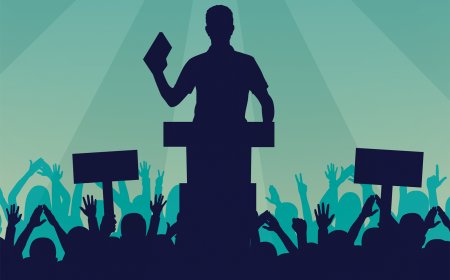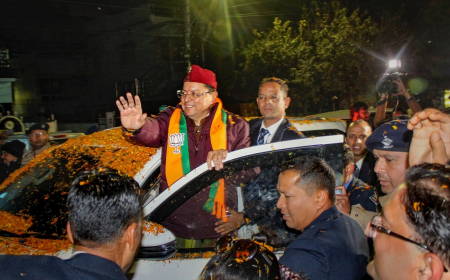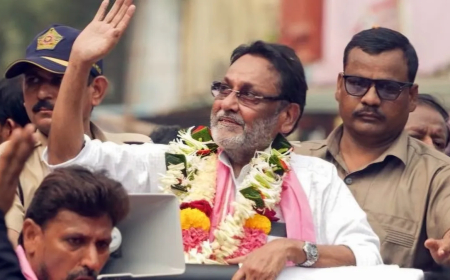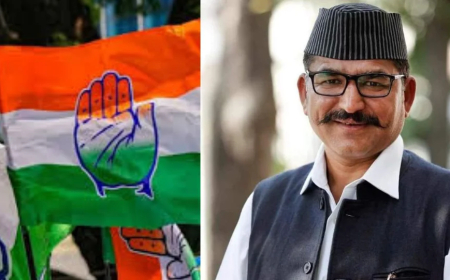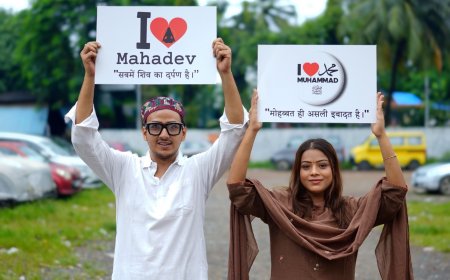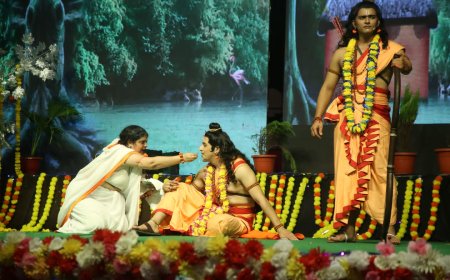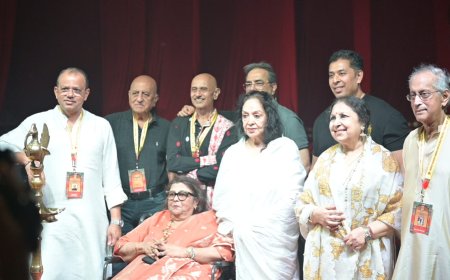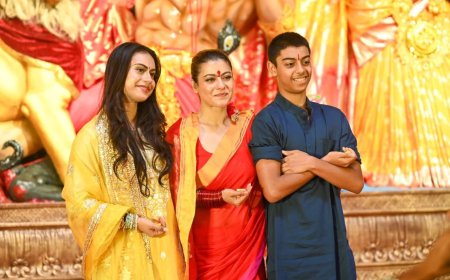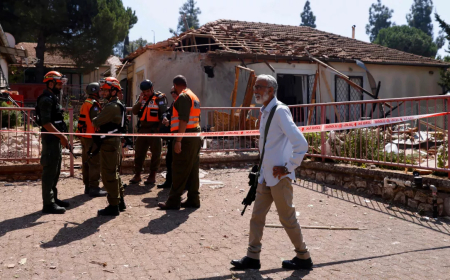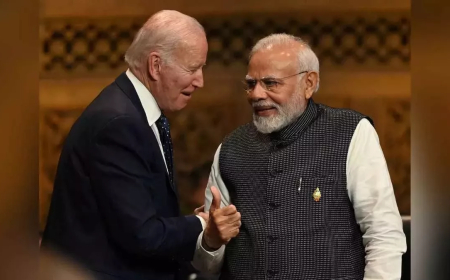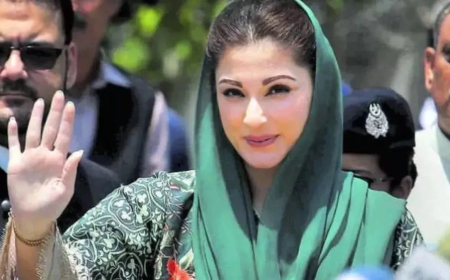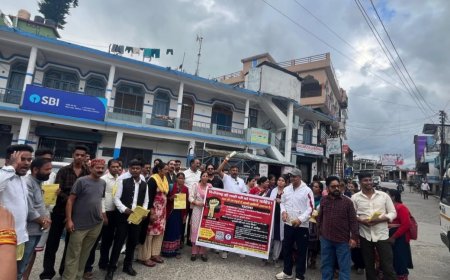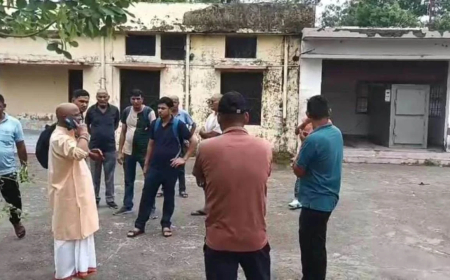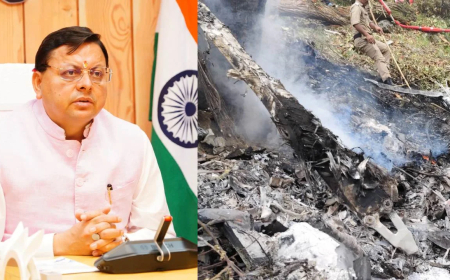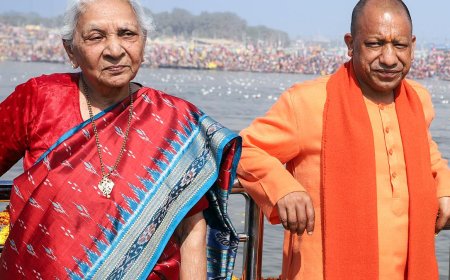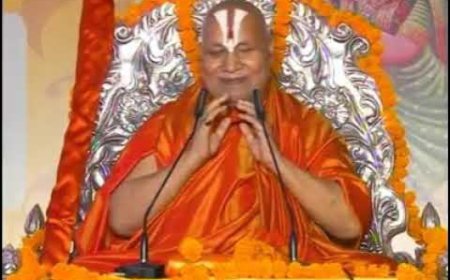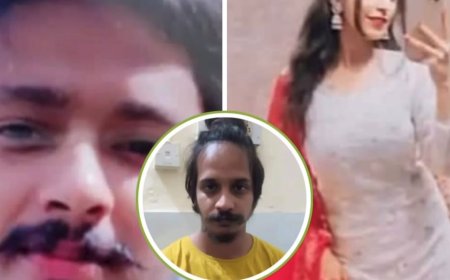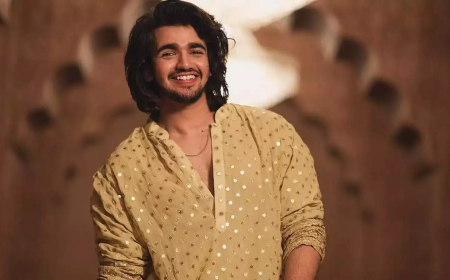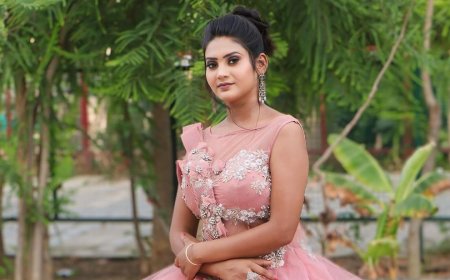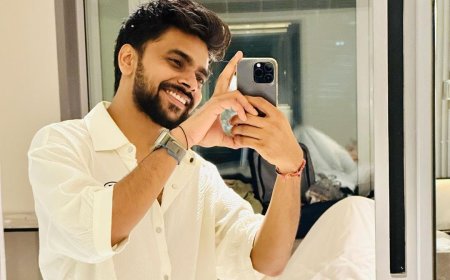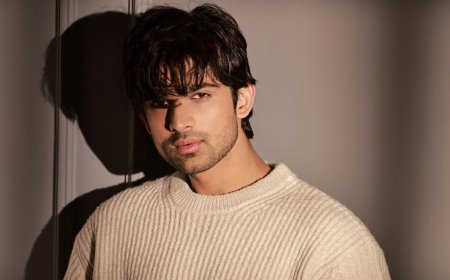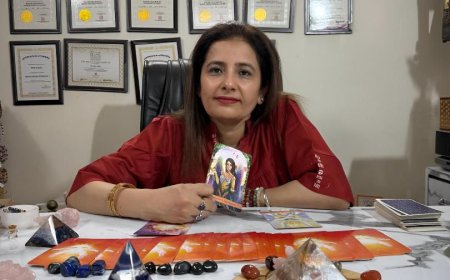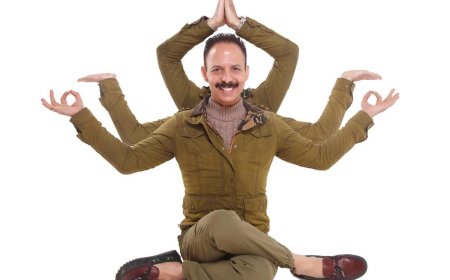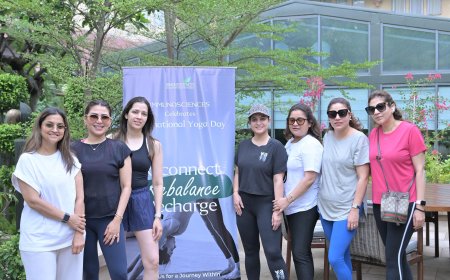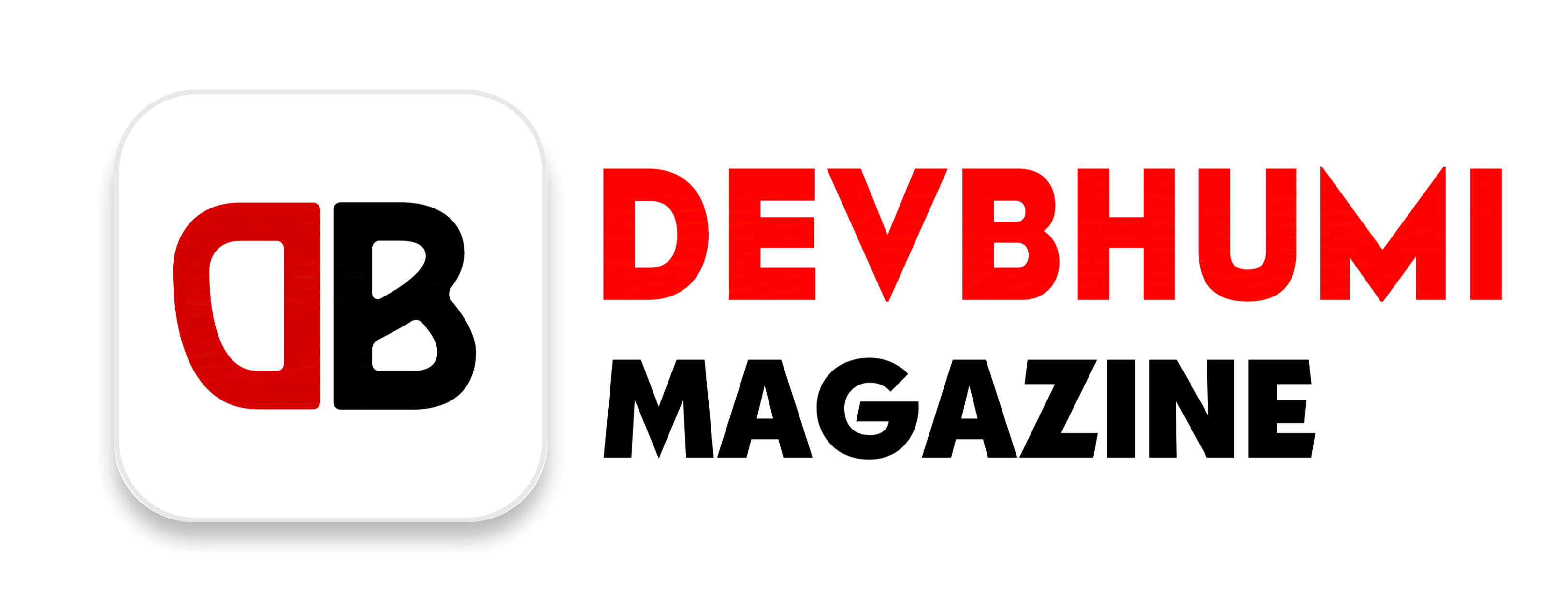The Digital Political Arena: How Social Media is Shaping Indian Democracy
Explore the dual impact of social media on Indian politics. Discover how it has empowered citizens and shaped elections while also spreading misinformation and deepening polarization.
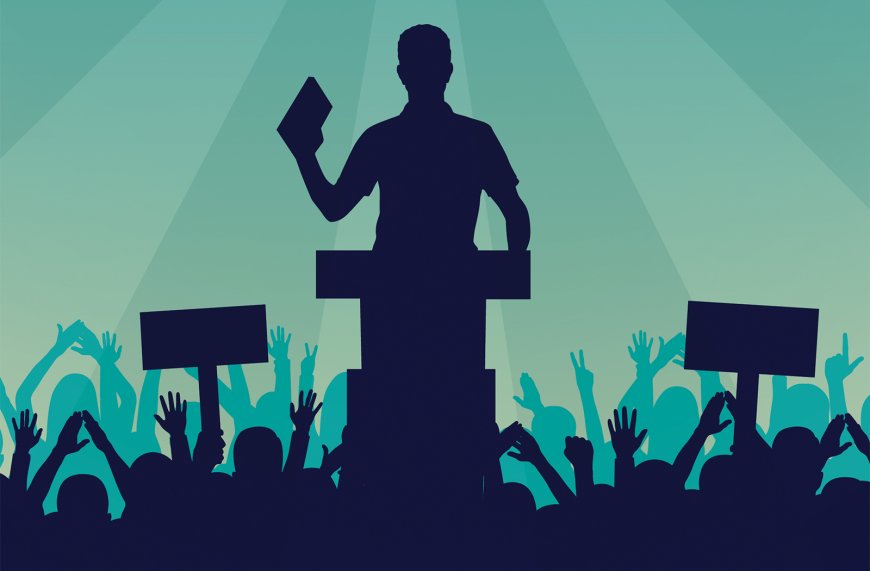
In the digital age, social media has become a powerful tool in shaping public opinion, mobilizing support, and influencing political outcomes. In India, the world’s largest democracy, social media platforms like Facebook, Twitter, Instagram, and WhatsApp have transformed the way politics is conducted. While these platforms have democratized access to information and enabled greater citizen participation, they have also given rise to misinformation, polarization, and echo chambers.
This article delves into the impact of social media on Indian politics, exploring both its positive and negative effects on the political landscape.
The Rise of Social Media in Indian Politics
The 2010s marked a turning point in Indian politics, with political parties and leaders increasingly turning to social media to connect with voters. The 2014 general elections were a watershed moment, with the Bharatiya Janata Party (BJP) and its leader, Narendra Modi, leveraging platforms like Twitter and Facebook to run a highly effective digital campaign.
- Narendra Modi’s Digital Savvy: Modi’s personal Twitter handle became a key tool for direct communication with the public, bypassing traditional media and allowing him to craft his own narrative.
- Rahul Gandhi’s Social Media Push: The Indian National Congress (INC) also embraced digital platforms, with Rahul Gandhi using social media to engage with younger voters and challenge the BJP’s dominance.
The rise of affordable smartphones and cheap internet, driven by the Jio revolution, further accelerated the adoption of social media among Indian voters, making it a central battleground for political influence.
Positive Impacts of Social Media on Indian Politics
1. Increased Political Participation
Social media has democratized political participation, giving ordinary citizens a platform to voice their opinions, engage with leaders, and hold them accountable. Platforms like Twitter have become spaces for public discourse, where citizens can discuss issues, share ideas, and challenge authority.
2. Direct Communication Between Leaders and Voters
Politicians can now communicate directly with voters without relying on traditional media. This has allowed leaders to build personalized connections with their constituencies, share their visions, and respond to public concerns in real-time.
3. Grassroots Mobilization
Social media has enabled grassroots movements to gain traction quickly. Campaigns like #MeToo, #FarmersProtest, and #CAAProtests gained momentum through social media, mobilizing thousands of people and bringing their issues to the forefront of national discourse.
4. Transparency and Accountability
Social media has increased transparency in governance by allowing citizens to scrutinize political leaders and their actions. Instances of corruption, inefficiency, or misconduct are often exposed on social media, forcing leaders to be more accountable.
Negative Impacts of Social Media on Indian Politics
1. Spread of Misinformation and Fake News
One of the most significant challenges posed by social media is the rapid spread of misinformation and fake news. Platforms like WhatsApp have been used to circulate false information, rumors, and propaganda, often leading to social unrest and violence.
2. Polarization and Divisiveness
Social media algorithms tend to create echo chambers, where users are exposed only to content that aligns with their beliefs. This has led to increased political polarization, with people becoming more divided along ideological lines.
3. Trolling and Online Harassment
Social media has also given rise to online trolling and harassment, with political opponents, journalists, and activists often targeted by organized troll armies. This has created a toxic environment, discouraging open dialogue and dissent.
4. Manipulation and Electoral Interference
There have been concerns about foreign interference and manipulation of Indian elections through social media. Fake accounts, bots, and targeted ads have been used to sway public opinion and influence election outcomes.
Case Studies: Social Media and Key Political Events
1. 2014 and 2019 General Elections
The BJP’s digital campaign in the 2014 and 2019 elections set a new benchmark for political campaigning in India. Using social media, the party successfully mobilized voters, spread its message, and countered opposition narratives.
2. Farmers’ Protests (2020-2021)
The farmers’ protests against the three farm laws saw widespread use of social media to organize demonstrations, share updates, and garner international support. However, the movement also became a target of misinformation campaigns aimed at discrediting the protesters.
3. COVID-19 Pandemic
During the COVID-19 pandemic, social media played a crucial role in disseminating information about the virus, government policies, and vaccination drives. However, it also became a breeding ground for misinformation, vaccine hesitancy, and conspiracy theories.
Regulating Social Media: Challenges and Solutions
The Indian government has taken steps to regulate social media platforms, introducing new IT rules that require platforms to remove objectionable content, disclose user information, and appoint grievance officers. However, these measures have raised concerns about freedom of expression and censorship.
- Fact-Checking Initiatives: Independent fact-checking organizations have emerged to counter misinformation, but their reach is often limited.
- Digital Literacy: Promoting digital literacy among citizens is crucial to help them distinguish between credible and fake information.
